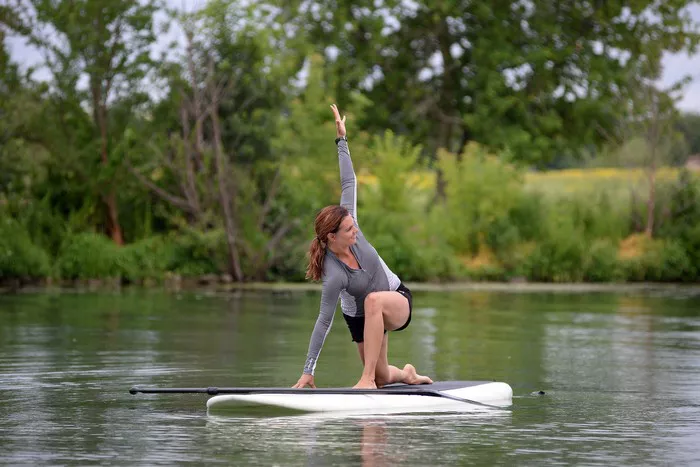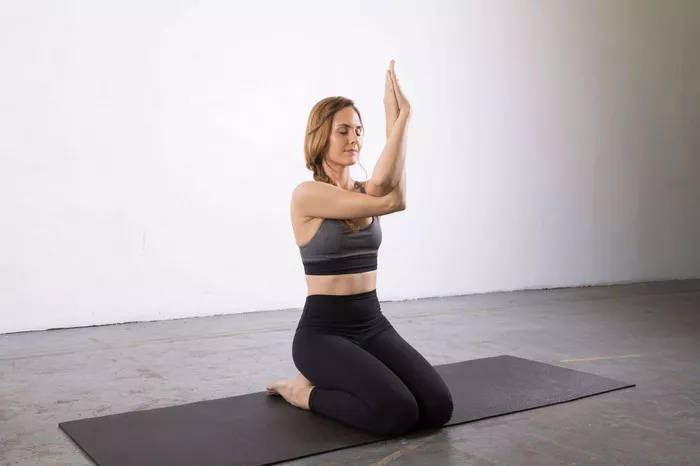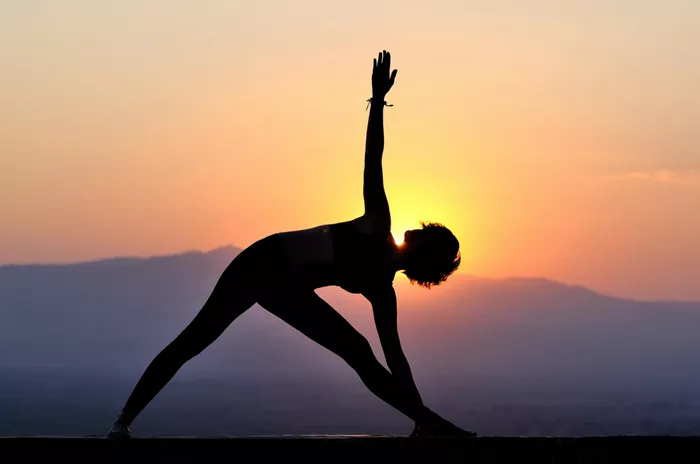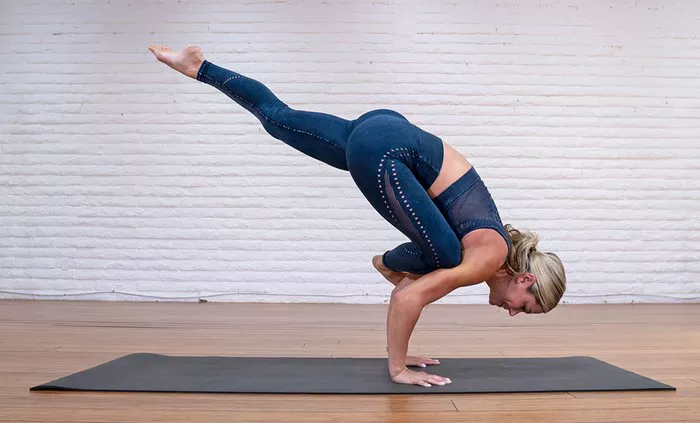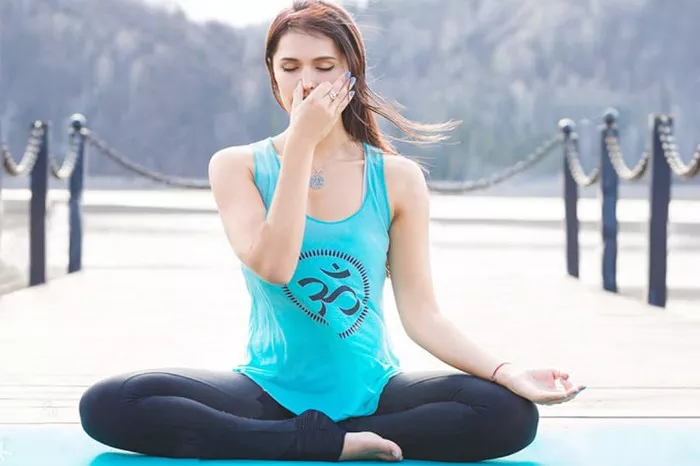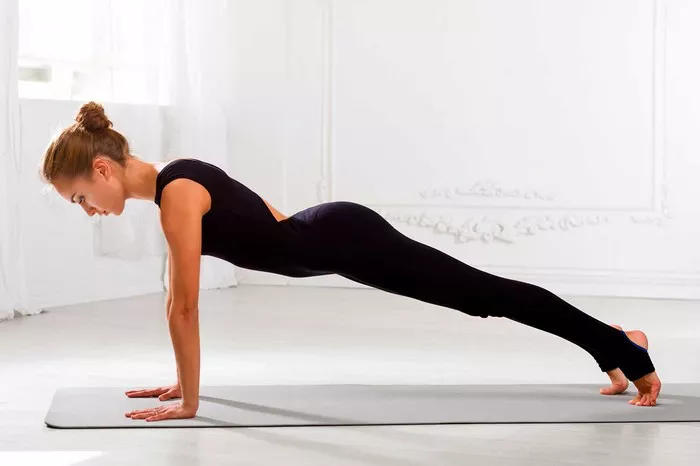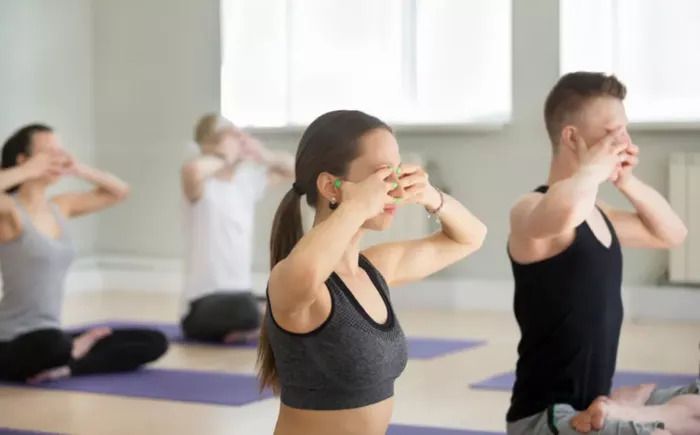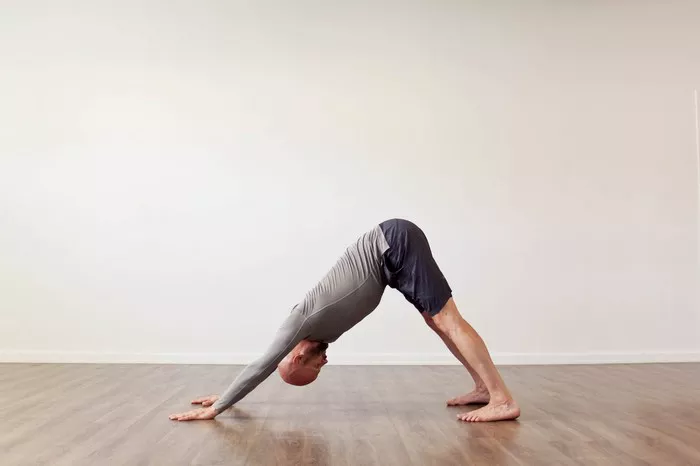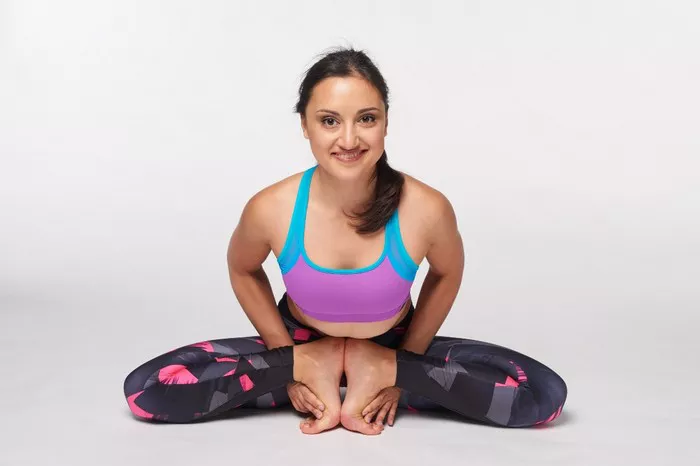The Lotus Pose, known as Padmasana in Sanskrit, is one of the most iconic and widely practiced seated yoga asanas (poses). It is often associated with deep meditation, mindfulness, and inner calmness. The pose has been a fundamental part of yoga for centuries, particularly in the practices of Vipassana, Zazen, and Sahaja meditation. Many yogis and meditators incorporate Padmasana into their daily routines to help cultivate a sense of peace and spiritual well-being.
However, like any yoga pose, the Lotus Pose has its own set of physical and psychological effects that need to be carefully considered, especially for those who are beginners or have pre-existing health conditions. In this article, we will explore the side effects of the Lotus Pose—both the beneficial and potentially harmful effects—and offer guidance on how to practice the pose safely to maximize its benefits.
What is the Lotus Pose?
The Lotus Pose involves sitting on the floor with your legs crossed and each foot placed on the opposite thigh, with the soles of the feet facing upward. The hands rest on the knees in a mudra (hand gesture), and the back remains straight. In this seated position, the body forms a stable, balanced base, which helps to open the hips, lengthen the spine, and deepen the breath.
While this asana is often used for meditation, it can also be practiced as part of a broader yoga routine to enhance flexibility, increase strength in the lower body, and promote mental clarity.
Benefits of the Lotus Pose
Before discussing the potential side effects, it is important to acknowledge the numerous benefits of practicing Padmasana. Regular practice of this pose can:
Enhance Flexibility: Padmasana stretches and opens the hips, ankles, and knees, which can increase flexibility in these areas over time.
Promote Circulation: The pose encourages blood flow to the lower body and can help improve circulation in the legs and feet.
Boost Mental Clarity: Padmasana is deeply associated with meditation practices, promoting a sense of calmness, focus, and clarity of mind.
Improve Posture: Sitting in the Lotus Pose encourages proper alignment of the spine, which can improve posture and reduce back pain.
Support Digestion: The pose supports the proper alignment of the internal organs, which can aid in digestion and relieve bloating or discomfort.
Cultivate Balance: The Lotus Pose requires balance and awareness, which can help develop both physical and mental steadiness.
While these benefits are noteworthy, it is important to approach the Lotus Pose with awareness, as improper practice or certain physical conditions can lead to discomfort or injury.
Side Effects of the Lotus Pose
1. Strain on the Knees and Hips
One of the most common concerns associated with the Lotus Pose is the strain it can place on the knees and hips. For those who have tight hip joints, inflexible muscles, or pre-existing knee issues, sitting in Padmasana can lead to discomfort or injury. The deep external rotation of the hips required to position the feet on opposite thighs can be a challenge for many practitioners, particularly beginners. In some cases, forcing the pose can lead to knee pain, hip strain, or even ligament injuries.
Precautions:
If you experience pain or discomfort in the knees or hips while attempting Padmasana, it is crucial to back off from the pose and consult a healthcare professional or an experienced yoga teacher.
Consider using modifications, such as sitting on a cushion or yoga block, to reduce the strain on the hips and knees.
Start with preparatory poses that increase flexibility in the hips and legs, such as Supta Baddha Konasana (Reclined Bound Angle Pose), Upavistha Konasana (Wide-Angle Seated Forward Bend), or Ankle-to-Knee Pose before attempting Lotus Pose.
2. Nerve Compression or Tingling Sensation
In Padmasana, the weight of the body is supported by the legs and feet, which may lead to nerve compression in certain cases. This is particularly noticeable in the legs and can manifest as a tingling or “pins and needles” sensation. The position of the feet on the thighs may compress the sciatic nerve, which runs down the back of the legs. This can cause temporary discomfort or numbness, especially for people with lower back or leg issues.
Precautions:
Pay attention to your body’s signals. If you experience tingling or numbness, gently release the pose and move your legs to restore circulation.
Avoid forcing your legs into a position that feels unnatural or uncomfortable.
It may be helpful to shift to a less intense seated pose, such as Sukhasana (Easy Pose), if you find that Padmasana places too much pressure on your nerves or legs.
3. Joint Pain (Ankles and Knees)
In addition to the strain on the hips, the Lotus Pose can also cause discomfort in the ankles and knees. For people with tight ankles or previous ankle injuries, the pressure of having the feet placed on the thighs can cause pain or discomfort. Similarly, those with weak knees or previous knee problems may find the pose challenging, as it requires deep flexion of the knees.
Precautions:
Avoid practicing Padmasana if you have a history of significant knee or ankle injuries.
Use props, such as cushions or blankets, to provide additional support and cushioning for your joints.
Practice gentler variations of the pose, such as Half Lotus Pose (Ardha Padmasana), which is less intense on the knees and hips.
4. Lower Back Discomfort
While Padmasana encourages a straight spine and good posture, it can sometimes lead to discomfort in the lower back, especially if the spine is not properly aligned. The inability to sit upright due to tightness in the hips or lower back can lead to slouching, which places strain on the lumbar spine. This can exacerbate conditions such as chronic lower back pain.
Precautions:
To prevent back discomfort, ensure that your spine is in a neutral position, and avoid collapsing or slumping forward.
It is often helpful to sit on a cushion or bolster to elevate the hips and encourage a more natural curve of the spine.
If lower back pain persists, consider incorporating poses that open and strengthen the lower back and core, such as Cat-Cow Pose (Marjaryasana-Bitilasana) and Sphinx Pose (Salamba Bhujangasana).
5. Difficulty Breathing or Shortness of Breath
In some cases, the Lotus Pose can cause difficulty with breathing, particularly if the body is not properly aligned. When the hips are too tight or the back is not fully straight, the diaphragm may become restricted, making it harder to take deep, full breaths. Over time, this may lead to shallow breathing or a feeling of tightness in the chest.
Precautions:
Ensure that the spine is fully elongated and upright to allow the diaphragm to expand fully.
If you notice shallow or labored breathing, consider practicing a gentler seated position and focus on relaxing the breath.
Breathing exercises (pranayama) such as Nadi Shodhana (Alternate Nostril Breathing) or Ujjayi Pranayama (Victorious Breath) can be helpful in cultivating smooth, controlled breath during meditation or while in seated poses.
6. Circulation Issues (Leg Numbness or Swelling)
Since the Lotus Pose places the legs in a fixed position for an extended period, there is a potential for poor circulation in the lower extremities. Numbness, tingling, or even swelling in the legs can occur if blood flow is restricted. This is particularly a concern for individuals who may already have poor circulation or sit for long periods during the day.
Precautions:
Avoid staying in the Lotus Pose for prolonged periods. If you experience numbness, gently release the pose and shake out your legs to restore circulation.
Practice a variety of seated postures to allow your legs to move and stretch between poses.
Use props like cushions or blankets to ensure that your legs are comfortably supported, rather than forced into a fixed position.
7. Psychological Strain and Frustration
While the Lotus Pose can promote mental clarity, it may also lead to frustration or psychological strain, particularly for beginners. The pose requires patience and practice, and some individuals may struggle with achieving the proper form. For some, the inability to perform the pose correctly may lead to feelings of failure or disappointment.
Precautions:
Remember that yoga is about self-compassion, not perfection. It’s important to practice with a mindset of acceptance and non-judgment.
If Padmasana feels too challenging, try practicing gentler seated poses or modifications like Half Lotus Pose until you feel more comfortable in the full version.
Consider incorporating mindfulness techniques into your practice, focusing on the present moment rather than on achieving the “perfect” pose.
How to Practice the Lotus Pose Safely
To practice the Lotus Pose safely, keep the following tips in mind:
Warm-Up: Before attempting Padmasana, engage in gentle hip-opening exercises and stretches to prepare your body.
Use Props: Sit on a cushion or bolster to elevate your hips, which will make it easier to maintain a straight back and open hips.
Avoid Forcing the Pose: Never force your legs into the full Lotus position. If your hips are not flexible enough, practice Half Lotus or other modifications.
Listen to Your Body: Pay close attention to how your body feels in the pose. If you experience discomfort, stop and adjust the position, or try a different seated pose.
Practice Consistently: Like any yoga pose, the Lotus Pose takes time to master. Regular practice will gradually increase your flexibility, strength, and comfort level in the pose.
Conclusion
The Lotus Pose is a powerful and transformative posture that offers numerous physical and mental benefits, particularly when practiced as part of a meditation routine. However, it is important to be mindful of its potential side effects, especially when it comes to strain on the knees, hips, and lower back, as well as circulation issues and nerve compression.
With careful practice, proper alignment, and attention to the body’s needs, you can safely experience the benefits of Padmasana while minimizing the risks. Always practice with patience and listen to your body, modifying the pose as needed to ensure a safe and effective practice.
By approaching the Lotus Pose with awareness and mindfulness, you can unlock its full potential to enhance your flexibility, strength, and mental clarity while cultivating a deeper connection with your inner self.
Related Topics:

